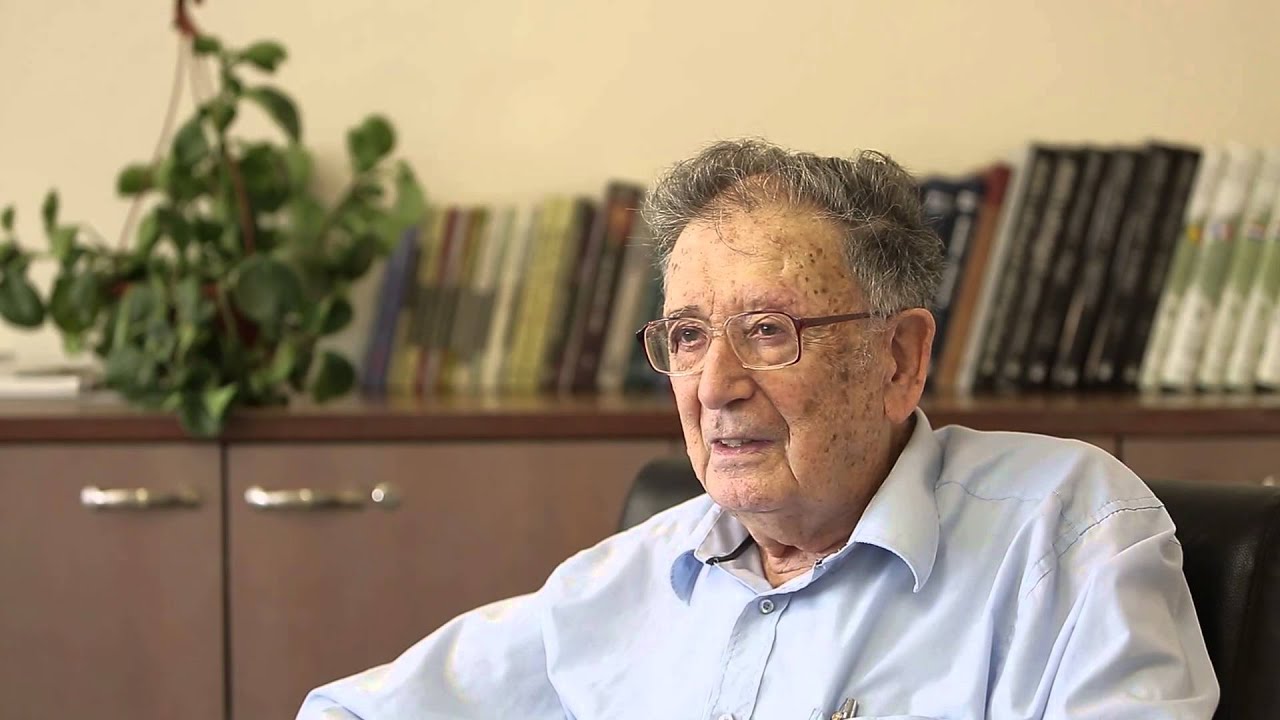click to dowload our latest edition
CLICK HERE TO SUBSCRIBE TO OUR NEWSLETTER


Published
3 years agoon
By
Steven GruzdBetween 1945 and 1948, up to 300 000 Holocaust survivors and Jewish partisans were rescued across war-ravaged Europe in preparation to enter British-occupied eretz Yisrael before the declaration of the Jewish state. Yet, the remarkable achievements of the Bricha (escape or flight) Movement have been all but forgotten in Israel today.
The Jewish National Fund of South Africa (JNF-SA) is trying to change that by creating the Shvi Bricha walking trail in the Carmel mountain range in Israel’s north. It symbolises the thousands of kilometres traversed on foot by the Bricha Movement to freedom.
The Bricha – the Great Jewish Escape – was the topic of a webinar hosted by the JNF-SA and the South African Zionist Federation last week.
Pre-eminent Holocaust historian Professor Yehuda Bauer wrote one of the only books on the Bricha, published in 1974. He explained how in July 1944, Abba Kovner, a Jewish partisan commander, travelled to Soviet-occupied Vilnius in Lithuania to convince the authorities to let the Jews leave.
“It was a hopeless endeavour,” said Bauer. Zionist youth movements became active leaders in the Bricha, the clandestine, underground movement to rescue partisans (and later, survivors and those who were hidden) to smuggle them out of Europe.
After the war, millions of people were on the move throughout Europe. At first, there were no separate displaced persons camps for Jewish survivors, and they had to fight for recognition of their Jewish national identity. The Bricha Movement was central to these efforts.
In September 1945, the first shlichim (emissaries) from eretz Yisrael arrived in Europe to co-ordinate the Great Jewish Escape. One was Tzvi Netzer, himself an escapee from Europe just two years before, proficient in German, Hebrew, Russian, and Yiddish. Bricha leaders had to bribe many border officials across Europe to allow people to pass into different countries, from Poland to Romania, Yugoslavia, Czechoslovakia, and Allied-occupied Germany and Austria. They needed graphic designers to forge visas and other official documents. Sometimes, the Jewish groups pretended to be Greeks returning home. They spoke Hebrew, passing it off as Greek to the none-the-wiser Polish authorities. The entire operation was funded by the Joint (the American Jewish Joint Distribution Committee).
Many gathered in displaced persons camps, and then eventually moved on to Greece, Italy, and France and then on to eretz Yisrael by ship as part of “Aliyah Bet” in defiance of the British naval blockade curbing Jewish immigration before 1948.
“It was absolutely amazing,” said Bauer. “It was the largest illegal mass movement in Europe in the twentieth century. Without the Bricha, there would have been no state of Israel. The Holocaust almost destroyed the hope of a Jewish state. Vast numbers of potential immigrants were killed. The displaced persons camps and the Bricha put pressure on the British and United States to help create the state.”
Professor Avinoam Patt from the University of Connecticut is the author of Finding Home and Homeland: Jewish Youth and the Bricha after the Holocaust. He noted that about 75% to 80% of Holocaust survivors were aged between 17 and 35. Most had lost their entire families and their homes. They faced enduring antisemitism in Europe (such as the devastating Kielce pogrom in Poland in 1946) and had to take control of their lives. With other avenues closed and feeling unwelcome in Europe, many embraced Zionism, helping to revive Zionist youth movements decimated in the war. Some set up kibbutzim – communal farms – in Europe, to learn agriculture in preparation for aliyah.
“The Bricha Trail is now an open-air museum and major educational tool of the Great Jewish Escape,” said Dr Omri Bone from the Keren Kayemet L’Yisrael, the JNF-SA’s parent body. He lauded JNF-SA for its efforts to make this become a reality.
Dr Miri Nehari, a clinical and educational psychologist, is the chairperson of the Bricha Legacy Association in Israel. She is the daughter of Tzvi Netzer. “The Bricha isn’t known, spoken about, or researched in Israel,” she said. “The Shvi Habricha is the only commemoration for the Bricha Movement. The association receives no funding from the state. Its main argument is that it didn’t take place on the soil of Israel.” She says the neglect of the Bricha reflects a deeper ambivalence about the Holocaust and its role in the formation of the state of Israel.
Hopefully, JNF-SA’s efforts will start to change all that.
